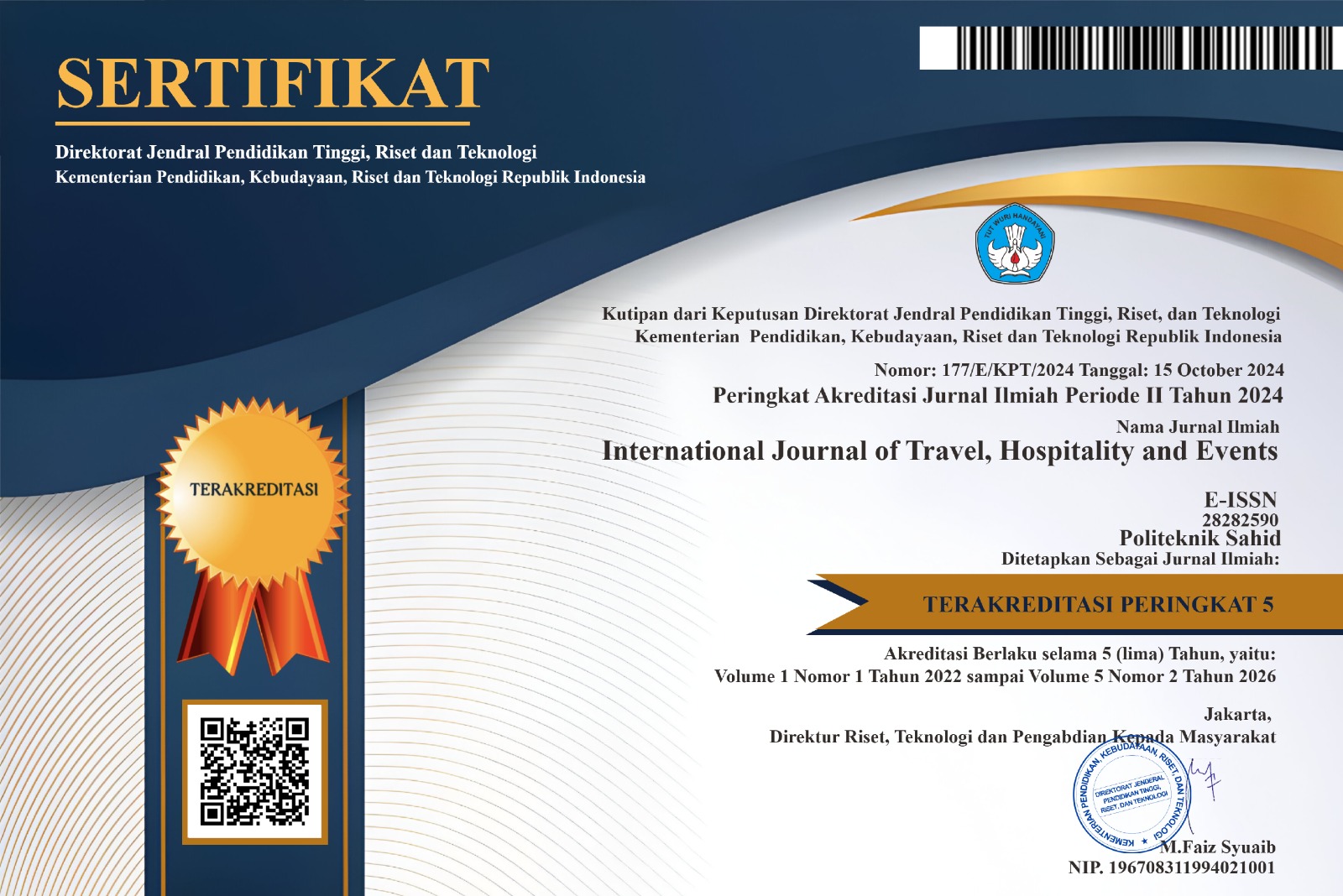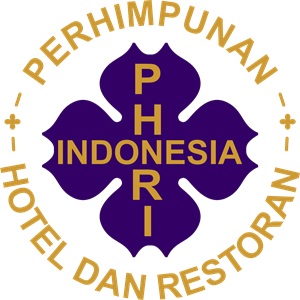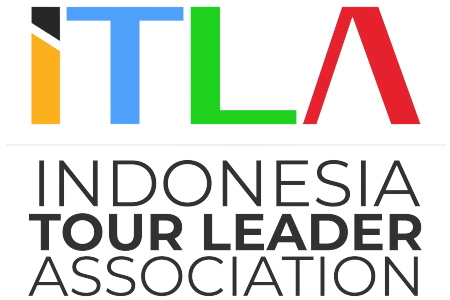Promotion Strategy to Increase Room Occupancy during the Covid-19 Pandemic
DOI:
https://doi.org/10.56743/ijothe.v1i1.4Keywords:
promotion strategy, room occupancy, Covid-19 pandemicAbstract
ABSTRACT
Purpose: The purpose of this research is to identify the suitable promotion strategy that can be implemented to increase room occupancy during the Covid-19 pandemic at Pramana Watu Kurung Resort Ubud, Bali, Indonesia.
Research methods: Data collection methods used are participation observation, semi-structured interviews, documentation, and questionnaires. The questionnaire was distributed to 10 informants from the head of department who were determined by purposive sampling technique. Data analysis technique used is descriptive qualitative analysis, SWOT analysis, Internal Factor Analysis Summary (IFAS), External Factor Analysis Summary (EFAS), Internal-External Matrix (IE), SWOT Matrix, and Quantitative Strategic Planning Matrix (QSPM) analysis.
Findings: The internal factors with IFAS score 2,71 and external factors with EFAS score 2,05 can be known if the current position of promotion strategy in cell V, which is in the growth and stability with horizontal integration. SWOT analysis resulted in 8 alternative promotion strategies with a suitable promotion strategy that can be implemented to increase room occupancy during the Covid-19 pandemic is to collaborate with competitors with the highest TAS (Total Attractive Score) value, 144.67 that obtained from QSPM analysis.
Implication: Pramana Watu Kurung Resort Ubud must do collaborate with competitors as a suitable promotion strategy to increase room occupancy. The collaboration aims to create profits through sharing the resources of each company to reduce costs and create new innovations.
Keywords: promotion strategy, room occupancy, Covid-19 pandemic.
Downloads
Published
How to Cite
Issue
Section
Categories
License
Copyright (c) 2022 Ni Made Diantari, Ni Nyoman Triyuni, I Ketut Astawa, Nyoman Mastiani Nadra, A. Agung Putu Swabawa

This work is licensed under a Creative Commons Attribution 4.0 International License.


























